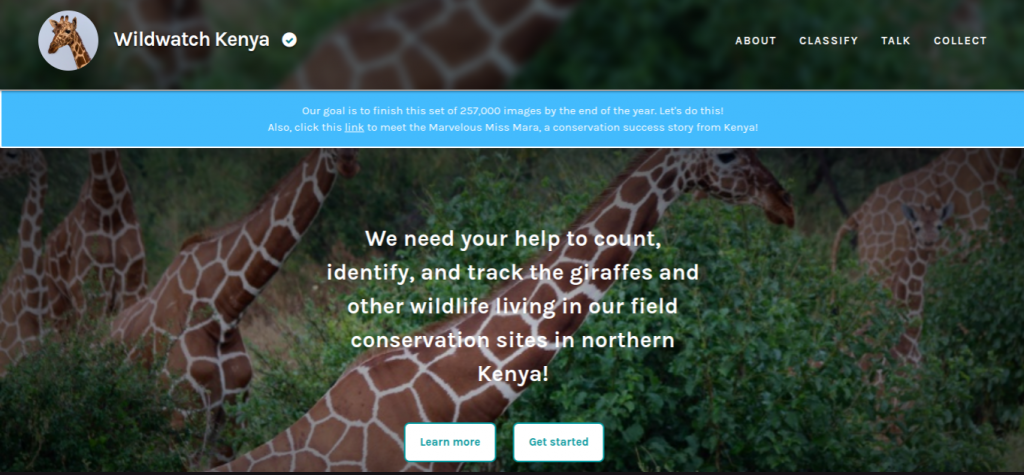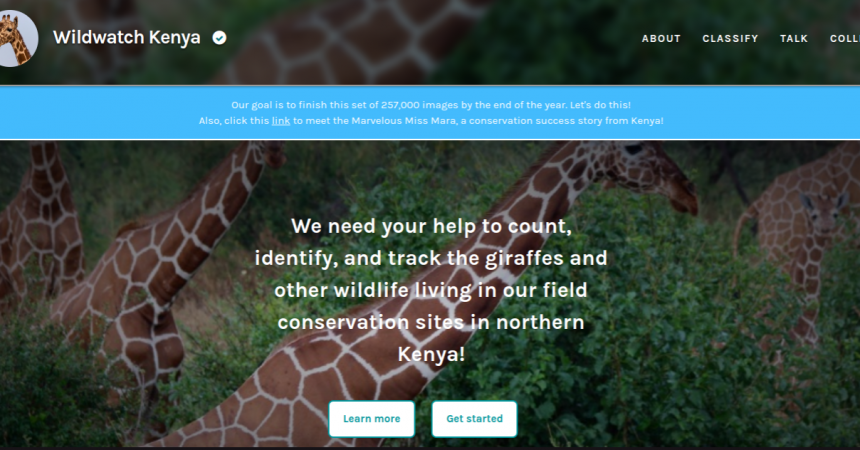Zoo Internquest is a seven-week career exploration program for San Diego County high school juniors and seniors. Students have the unique opportunity to meet professionals working for the San Diego Zoo, Safari Park, and Institute for Conservation Research, learn about their jobs, and then blog about their experience online. Follow their adventures here on the Zoo’s website!
 Most of us are familiar with giraffes. We know about their extraordinary height, their iconic long necks, and that they are native to Africa. What many of us don’t know, however, is that they are in danger of disappearing forever, particularly the reticulated giraffe.
Most of us are familiar with giraffes. We know about their extraordinary height, their iconic long necks, and that they are native to Africa. What many of us don’t know, however, is that they are in danger of disappearing forever, particularly the reticulated giraffe.
Even though current research using DNA analysis indicates that there are actually four distinct species of giraffes ‒ said to be as different from each other as a polar bear and a brown bear ‒ only one species is currently recognized, with 9 subspecies. Native to Northern Kenya and Southern Ethiopia, the reticulated giraffe is one of these nine subspecies of giraffes found in Africa, and they are in serious trouble. Being that they only inhabit a tiny pocket of land shared by Kenya and Ethiopia, any threat to them or their environment is exacerbated. As a result, reticulated giraffe populations have decreased by nearly 70% in the past 20 years, and unfortunately, continue to dwindle.
Some of the main causes of this devastating decline are habitat loss, land degradation, and poaching. While development does play a role in habitat loss, the effects of climate change and pastoralism are far more detrimental. This past year, Kenya experienced one of the worst droughts in its history, causing a change in the country’s food supply and natural habitats. Leaves, a staple in the reticulated giraffe’s diet, provide them with most of the water and nutrients they require. However, the dry and brittle leaves during the drought lack these nutrients, adversely affecting the health of the giraffes. Due to this, many female giraffes find themselves unable to produce an adequate milk supply for their calves, forcing them to abandon their babies. Pastoralism, a form of livestock agriculture, also has a large impact on the reticulated giraffe populations. Non-native livestock, including camels, cattle, and goats, share habitat with giraffes, and can decimate an area, whether that be through overgrazing, displacing the giraffe populations, or both. In addition to threats from livestock, poaching is another concern. Giraffes are poached for subsistence hunting, rather than for ivory like elephants. For these locals, hunting the giraffe is their way of life. They are just trying to survive and are unaware of the significant effect their hunting has on the reticulated giraffe populations, making it a difficult problem to try and mitigate. San Diego Zoo Global and partners are currently collaborating on a conservation project to try and resolve some of these issues.
In 2016, San Diego Zoo Global, two conservancies in Kenya, the Loisaba Conservancy and the Namunyak Conservancy, local community members (who were later titled the “twiga walinzi,” or “giraffe guard”), and thousands of citizen scientists joined together to protect the declining populations of reticulated giraffes. Through the use of photo monitoring, satellite tracking, trail cameras, and human engagement, this specific collaborative project has been able to collect immense amounts of data that can be analyzed and used to help conservationists and local community members develop strategies to protect both giraffe populations and their habitats.
One of the hardest parts about conservation is getting the general public to care. Many people will never see a giraffe in their lifetime, and therefore, find it difficult to comprehend the direct effects their extinction will have on the environment. Giraffes play a key role in their ecosystem; they trim trees and other vegetation, open up habitats for other species with their migration patterns, and serve as a type of watchtower for others, using their height to warn other species of predators before they have spotted them themselves. The loss of this species would be a tragedy for those of us who adore them, but an even worse affair for the ecosystem they play such an important role in. One of the best and easiest ways to help is by going to wildwatchkenya.org, where anyone, no matter their experience, can help sort through the thousands of photos taken via the trail cameras in Kenya. With help from the general public, researchers can analyze this data far faster than they would be able to do alone. By coming together, we can help save this beloved species.
Olivia, Species Spotlight
Week One, Fall Session 2018


